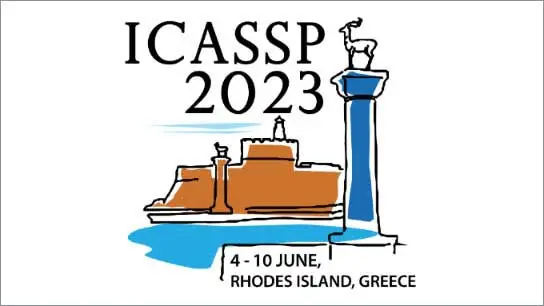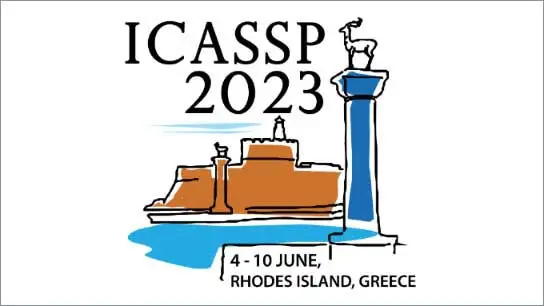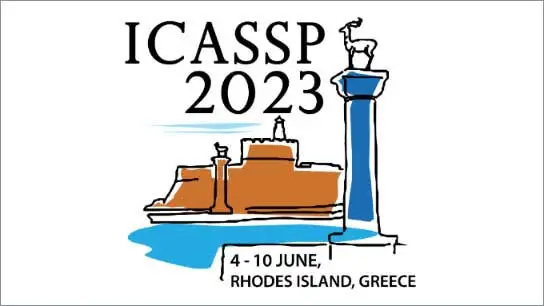Alias-and-Separate: Wideband Speech Coding Using Sub-Nyquist Sampling and Speech Separation
Soojoong Hwang (Hyundai Motor Company); Eunkyun Lee (GIST); Inseon Jang (Electronics and Telecommunications Research Institution); Jong Won Shin (Gwangju Institute of Science and Technology)
-
Members: FreeSPS
IEEE Members: $11.00
Non-members: $15.00
09 Jun 2023
Decimation of a discrete-time signal below the Nyquist rate without applying an appropriate lowpass filter results in a distortion called aliasing. If wideband speech sampled at 16 kHz is decimated by 2 to result in a signal sampled at 8 kHz with aliasing, the decimated signal would be the summation of two speech-like signals, which are the narrowband speech covering 0-4 kHz and the spectrally flipped aliasing component coming from 8-4 kHz. Recently, the performance of speech separation has been remarkably improved with deep learning-based approaches, implying that the narrowband and aliasing components may be able to be separated. In this letter, we propose a novel method for low-rate wideband speech coding utilizing a standard narrowband codec. Instead of coding wideband speech using a wideband codec with a limited bitrate, we propose to decimate the input wideband speech incurring aliasing, and then encode it with a narrowband codec by allocating all the allowed bitrate to 0-4 kHz. After decoding the encoded bitstream, we apply a speech separation technique to obtain the narrowband and aliasing signals, which are then used to reconstruct the wideband speech by expansion, low/highpass filtering, and summation. Experimental results showed that the proposed method could achieve subjective quality comparable to the speeches coded by wideband codecs at higher bitrates in a subjective MUSHRA test.



